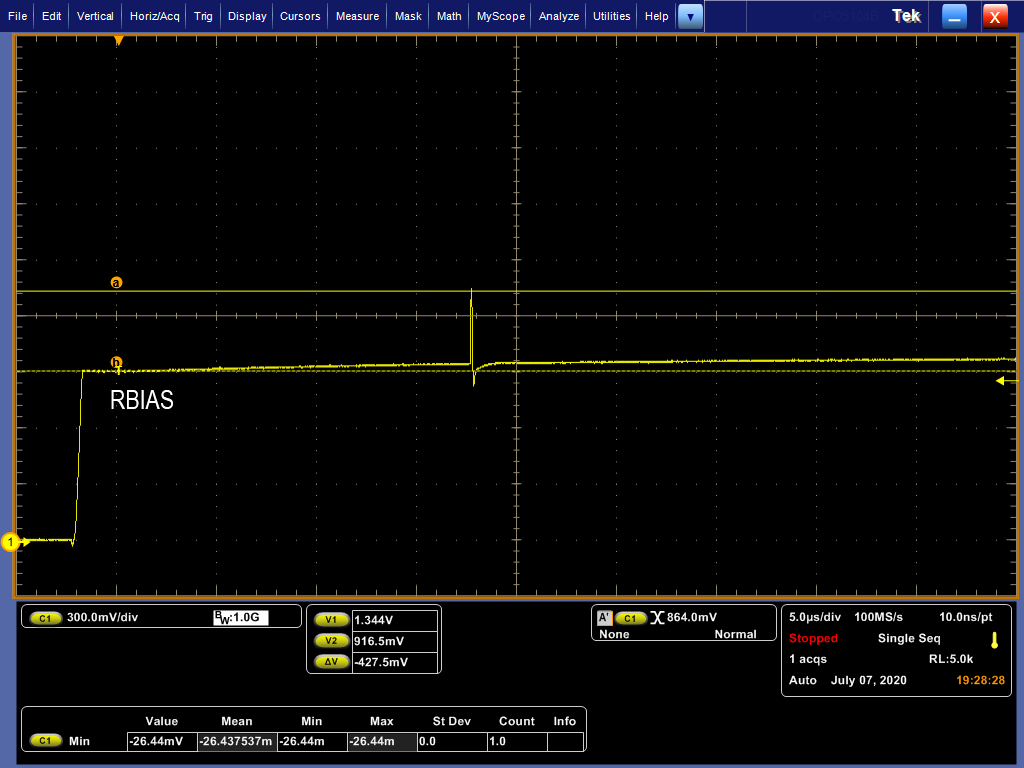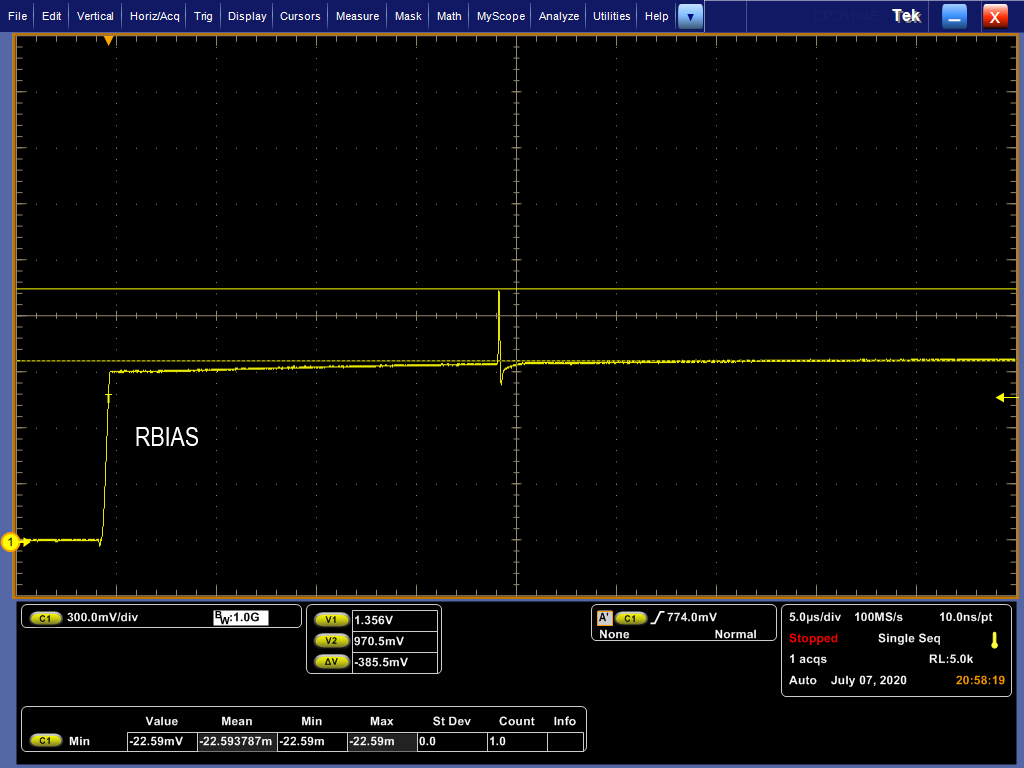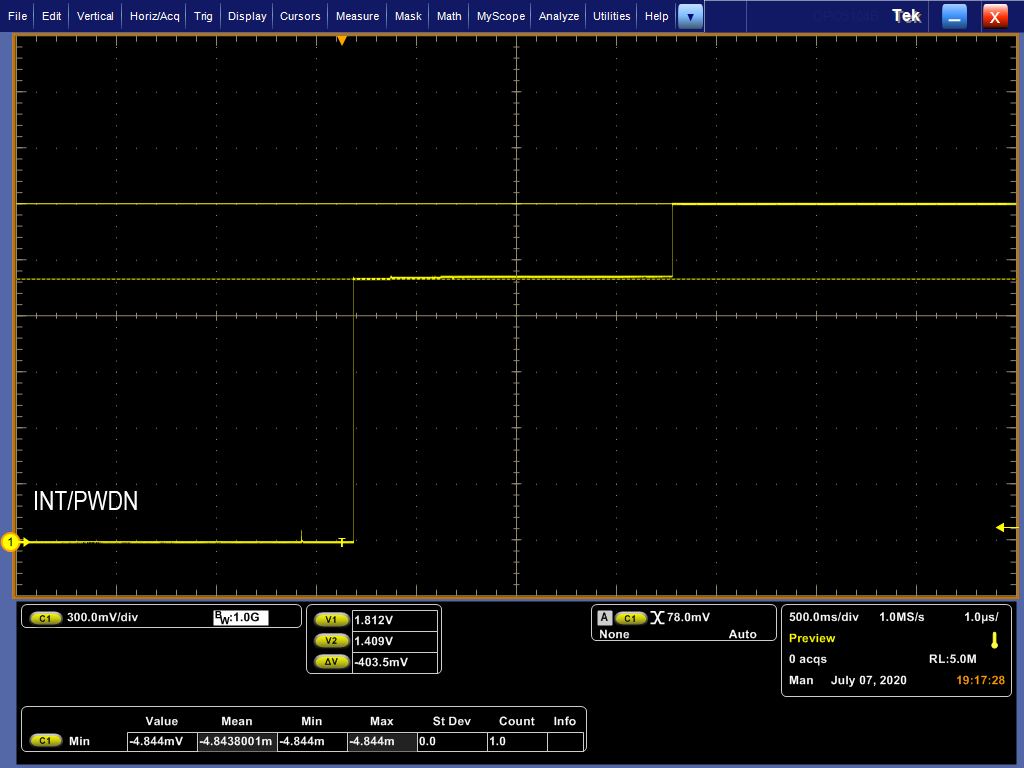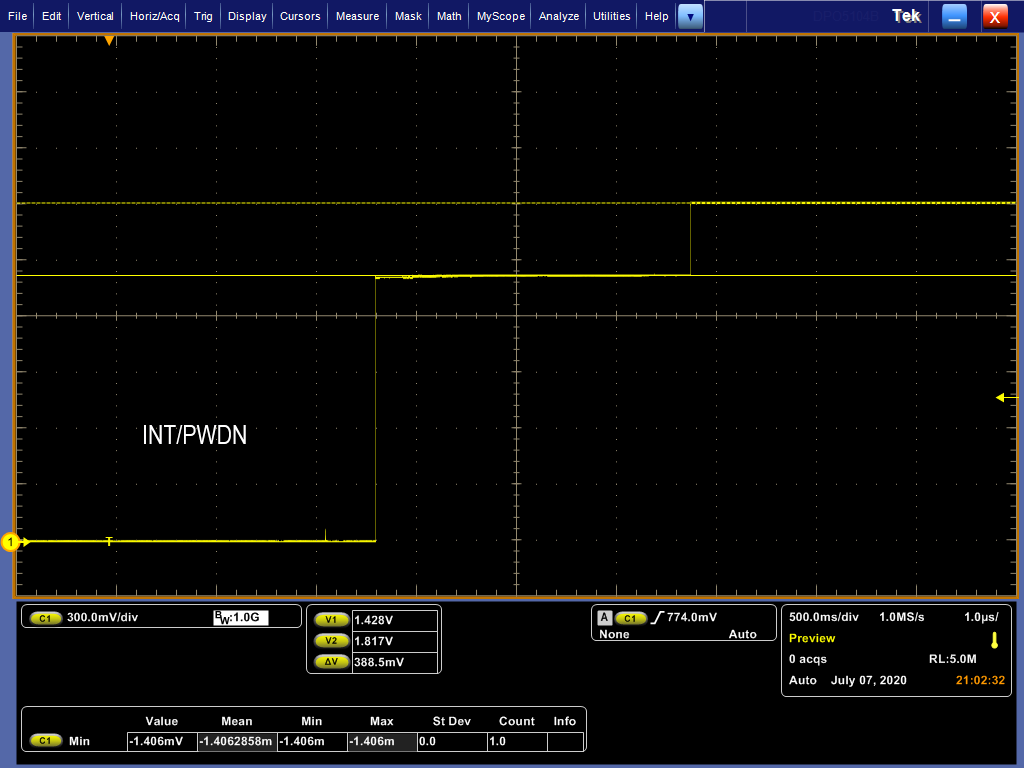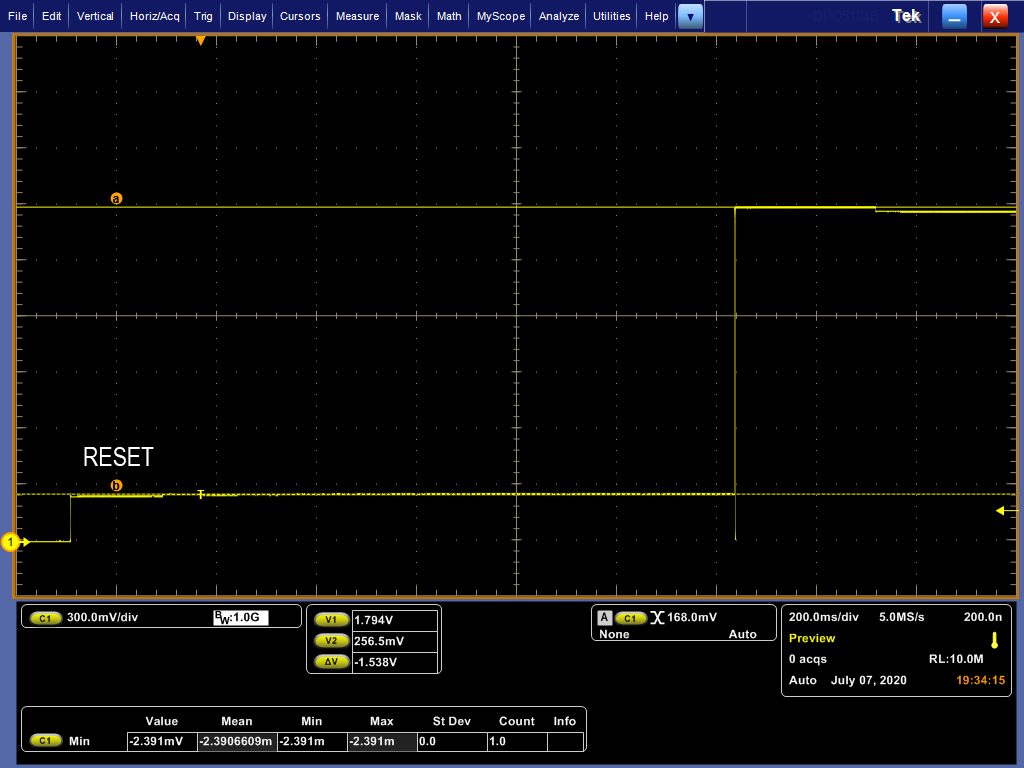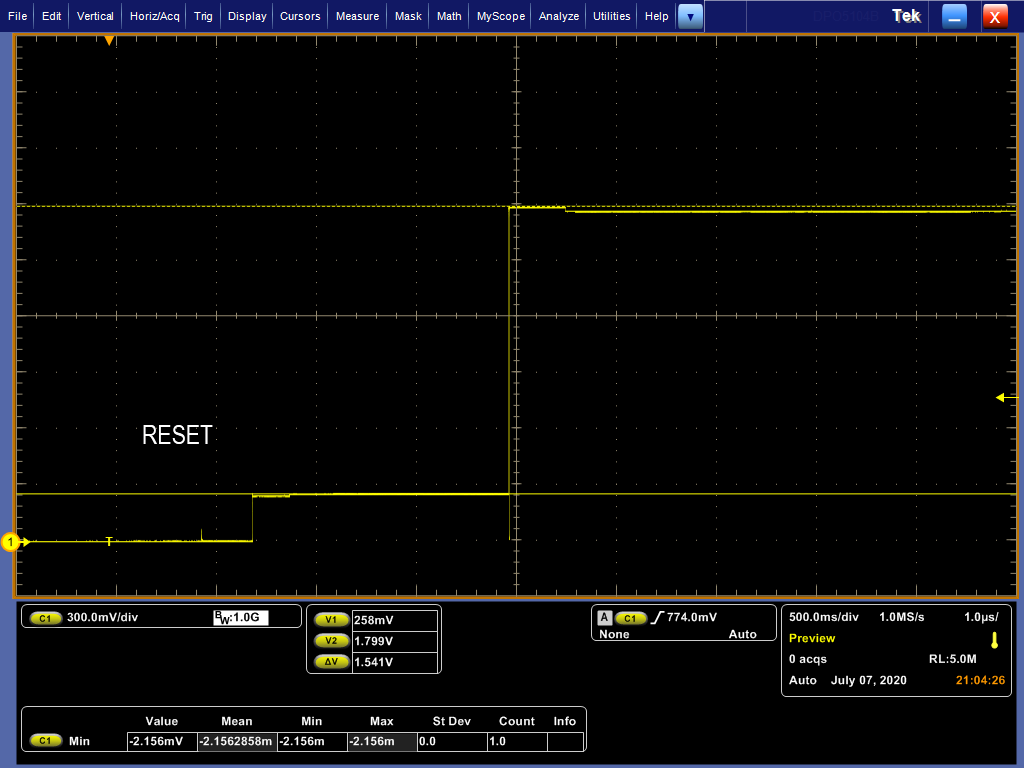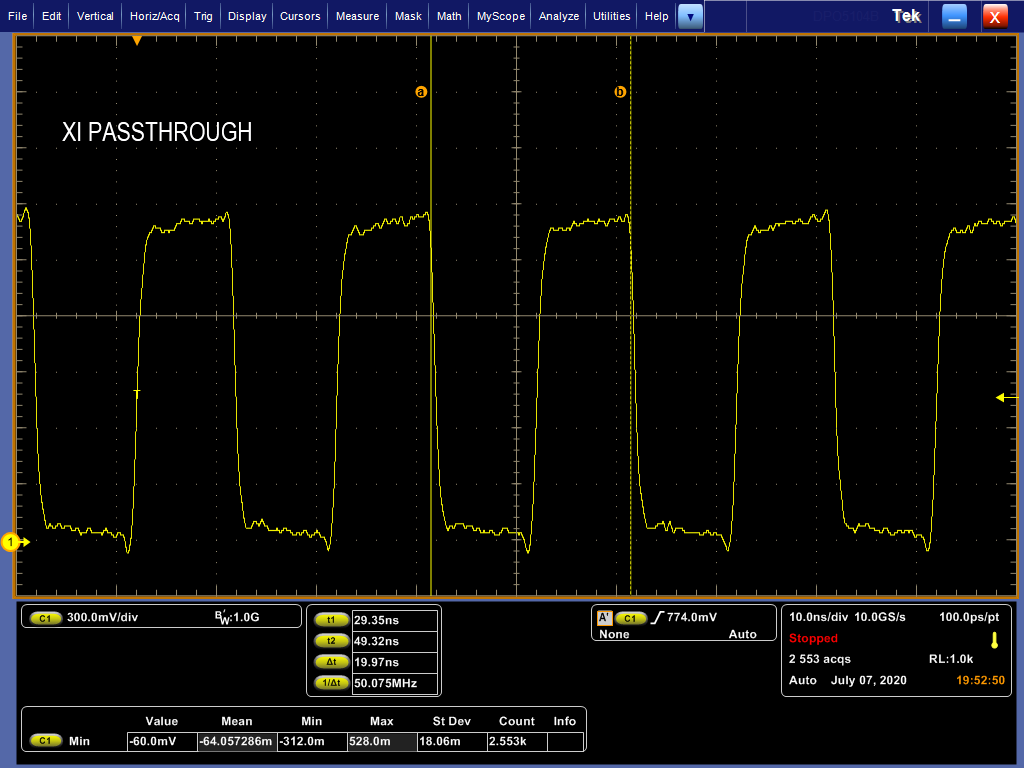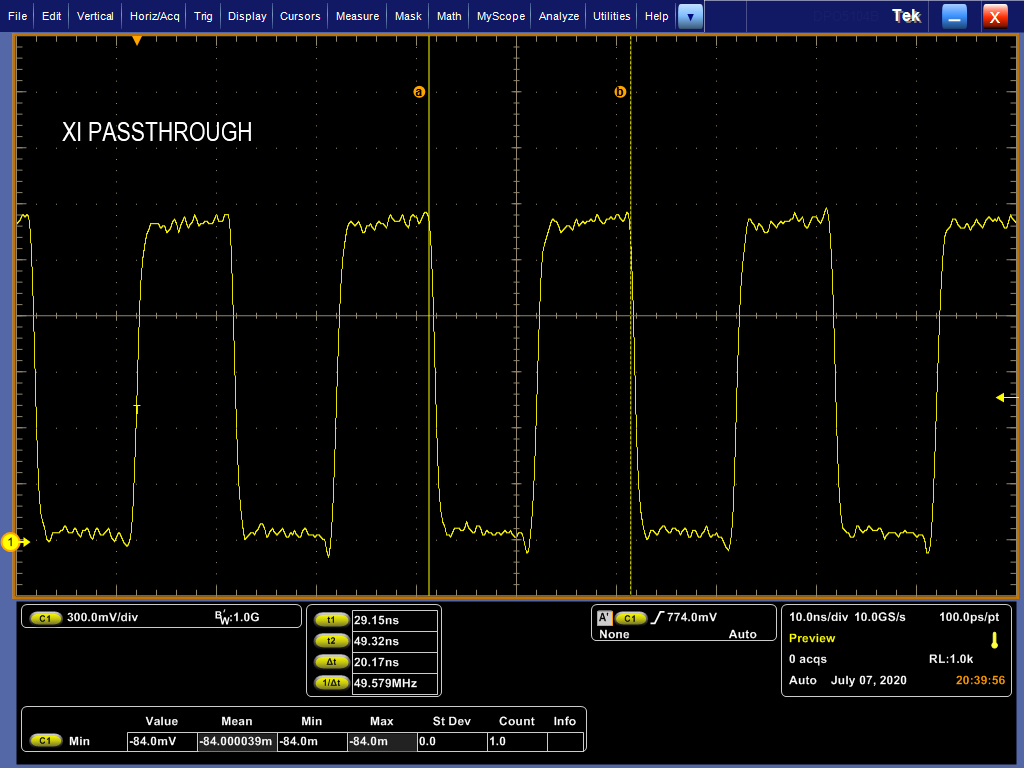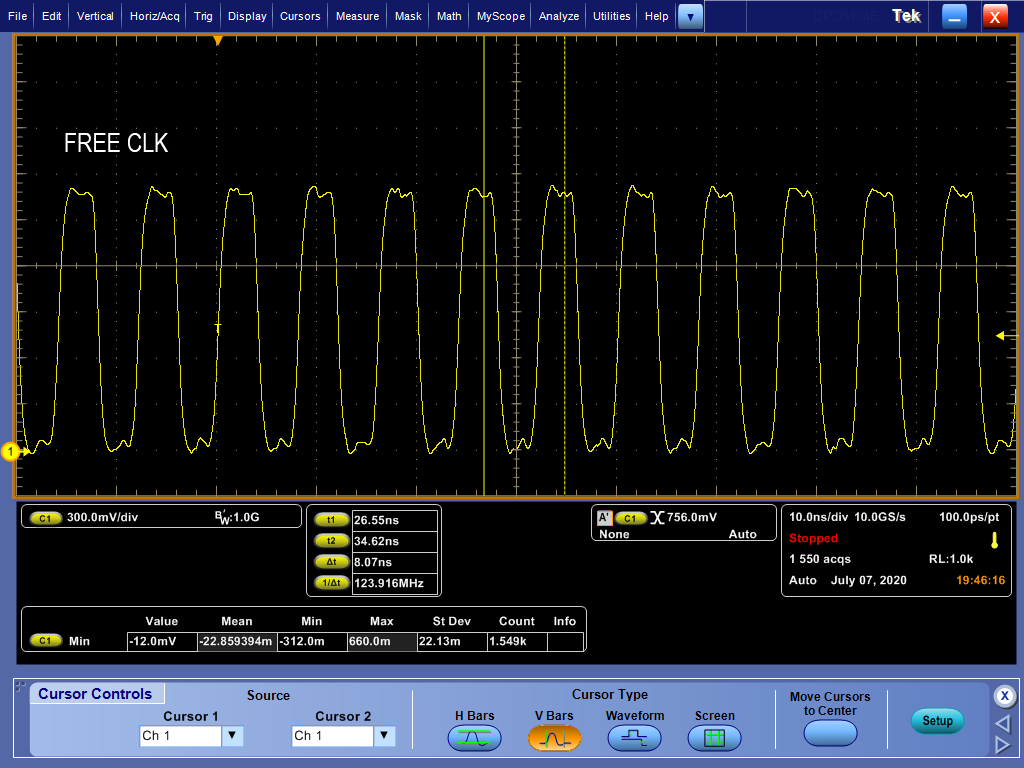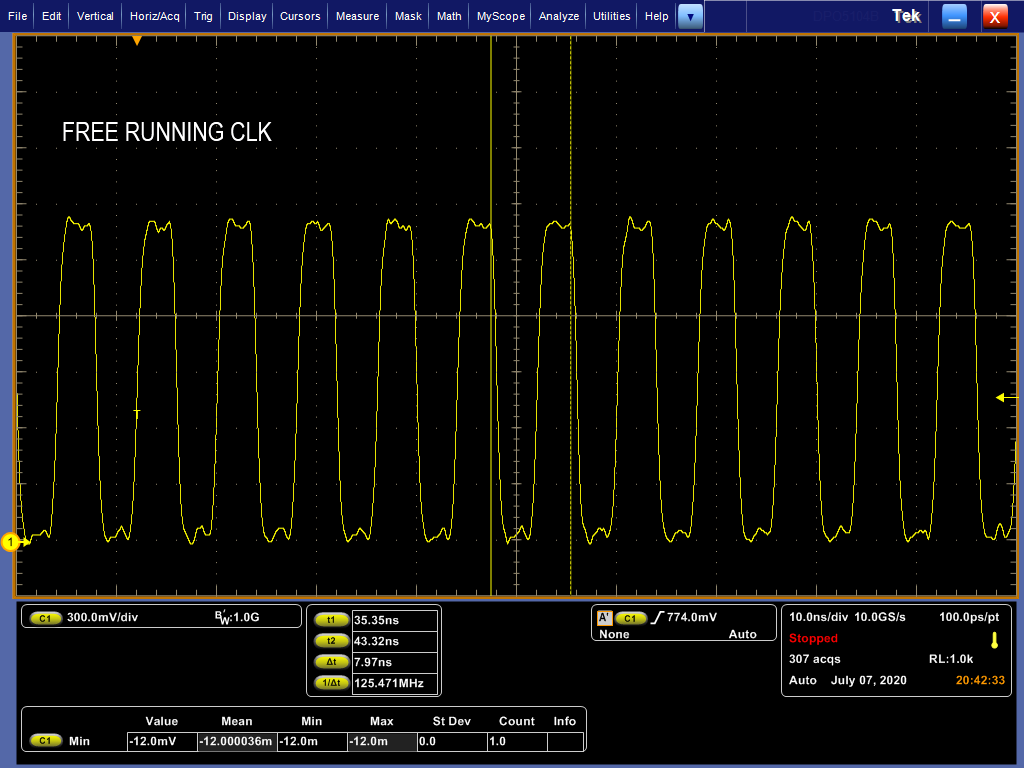Hello,
I posted a different question in this forum at the end of June, and after an initial reply 10 days ago, my responses have been ignored. Is there something else I need to do to get a response? This was the original thread: https://e2e.ti.com/support/interface/f/138/t/917642. I'm still encountering these issues and am still looking for support.
Thanks


